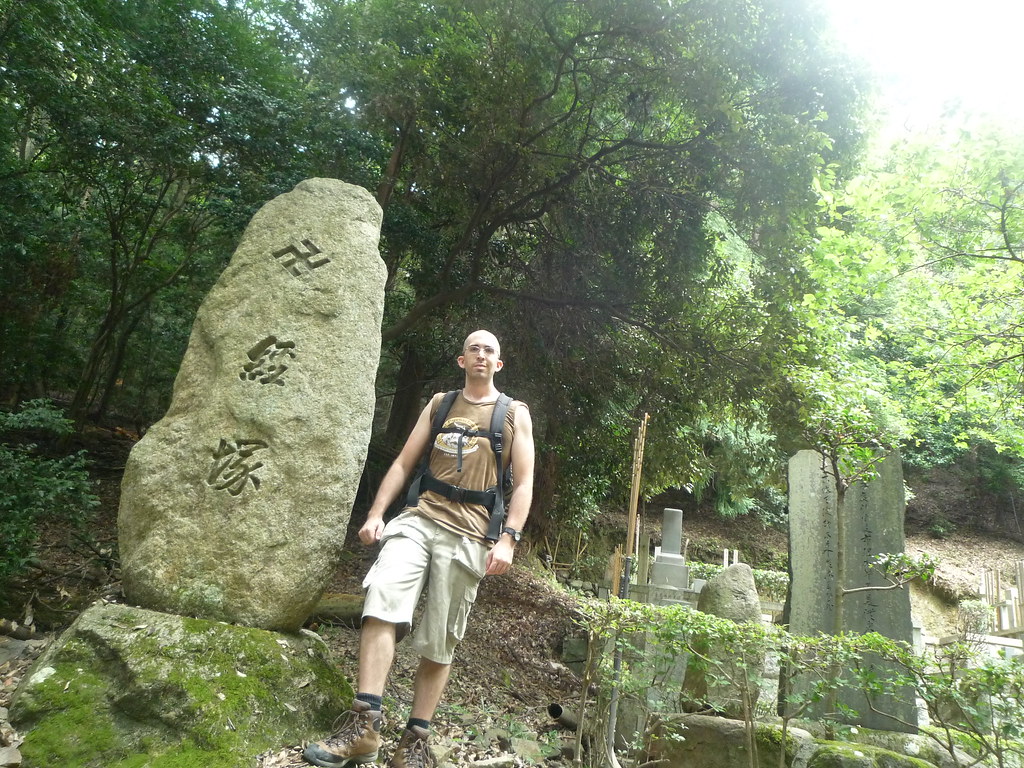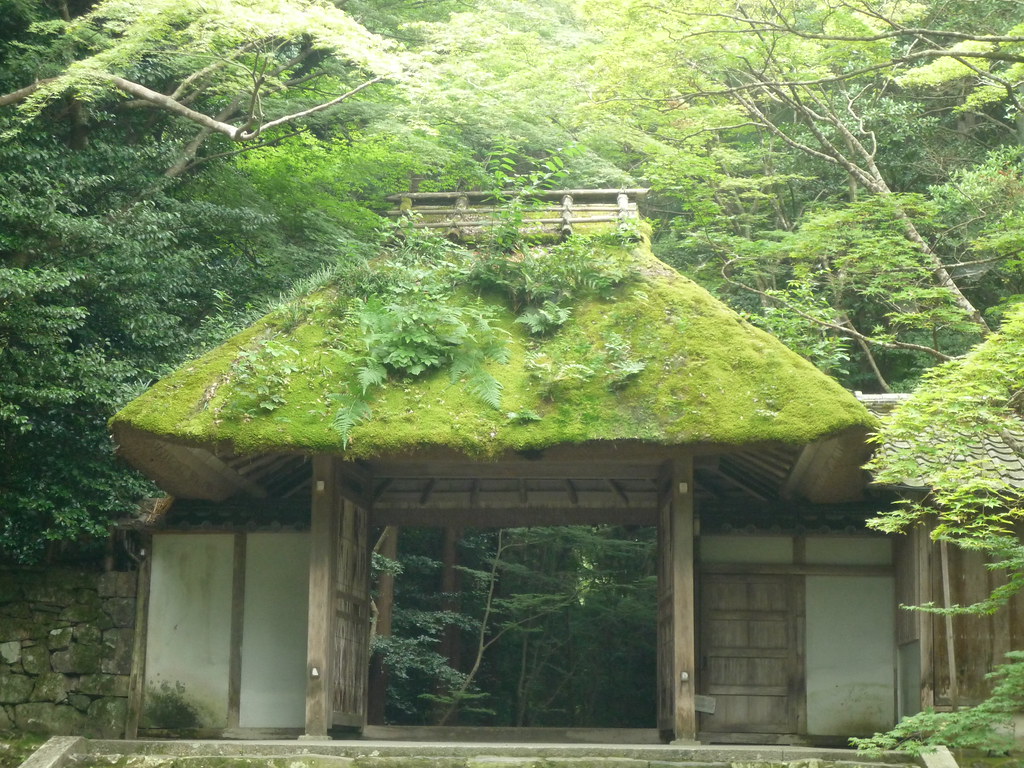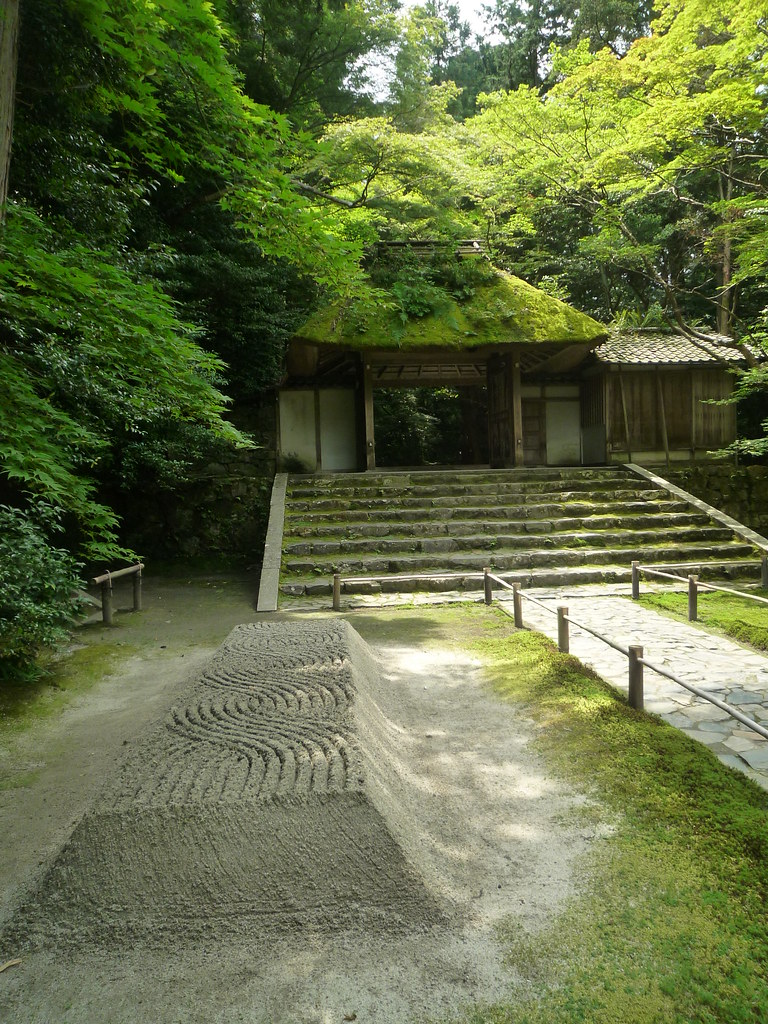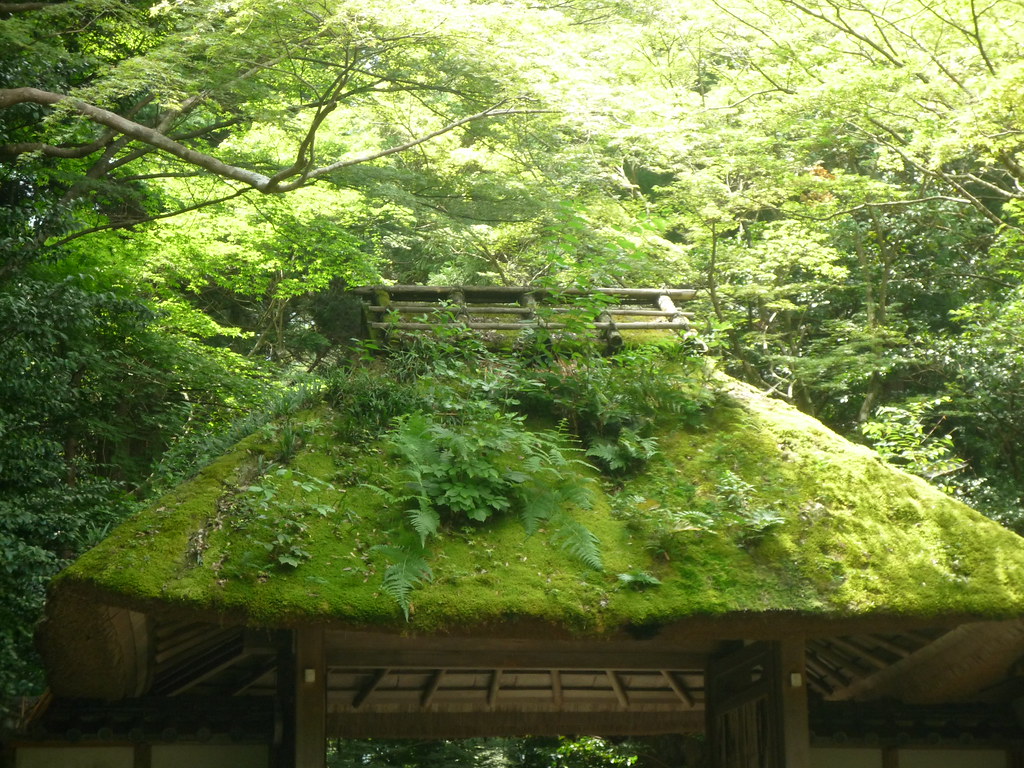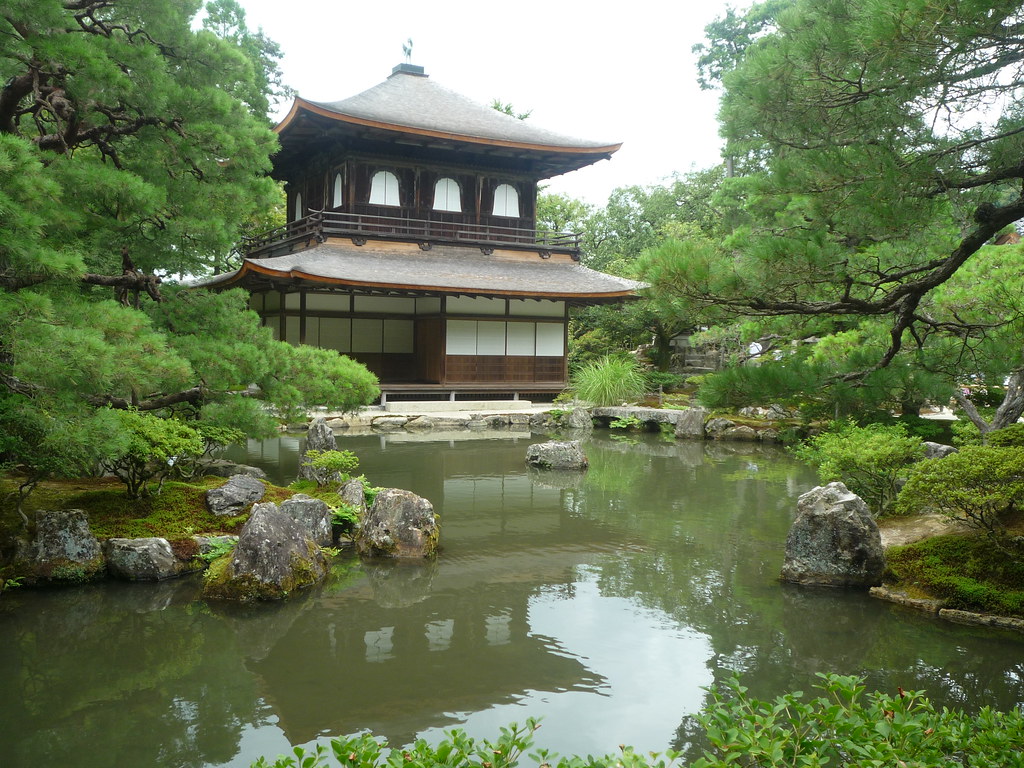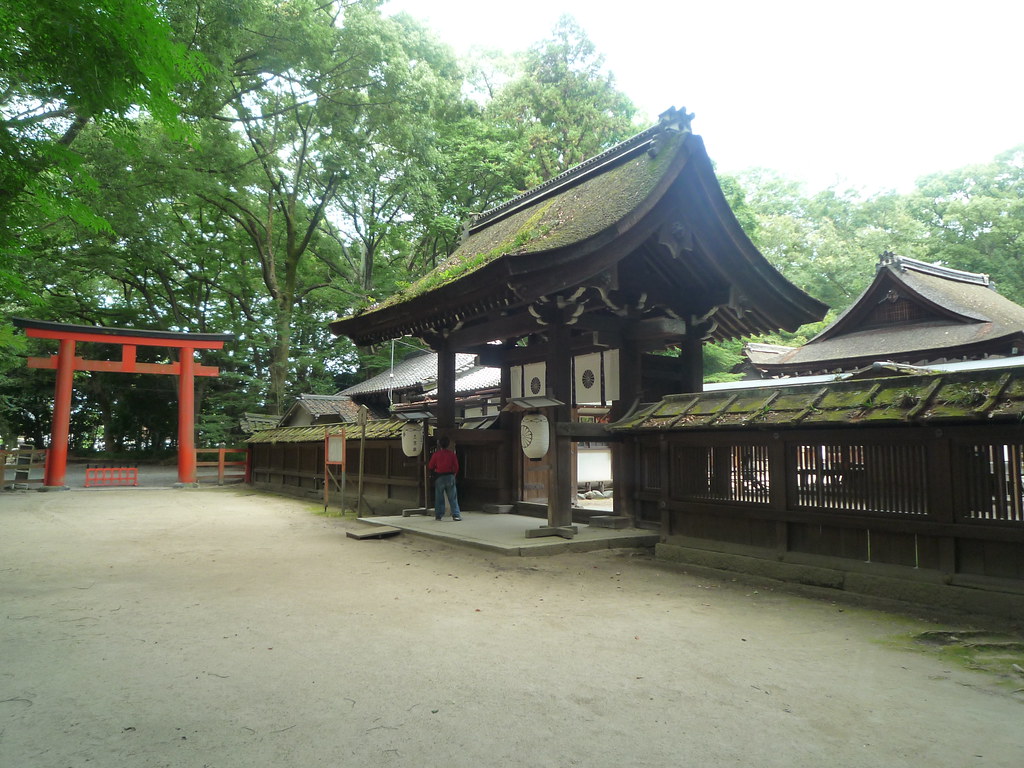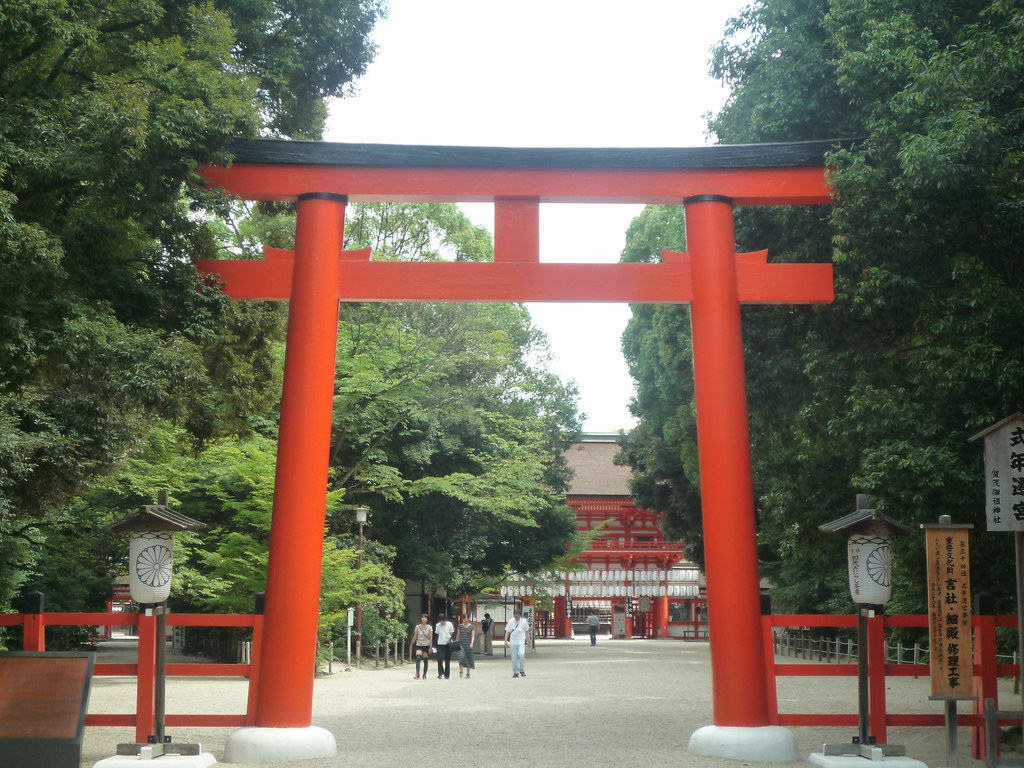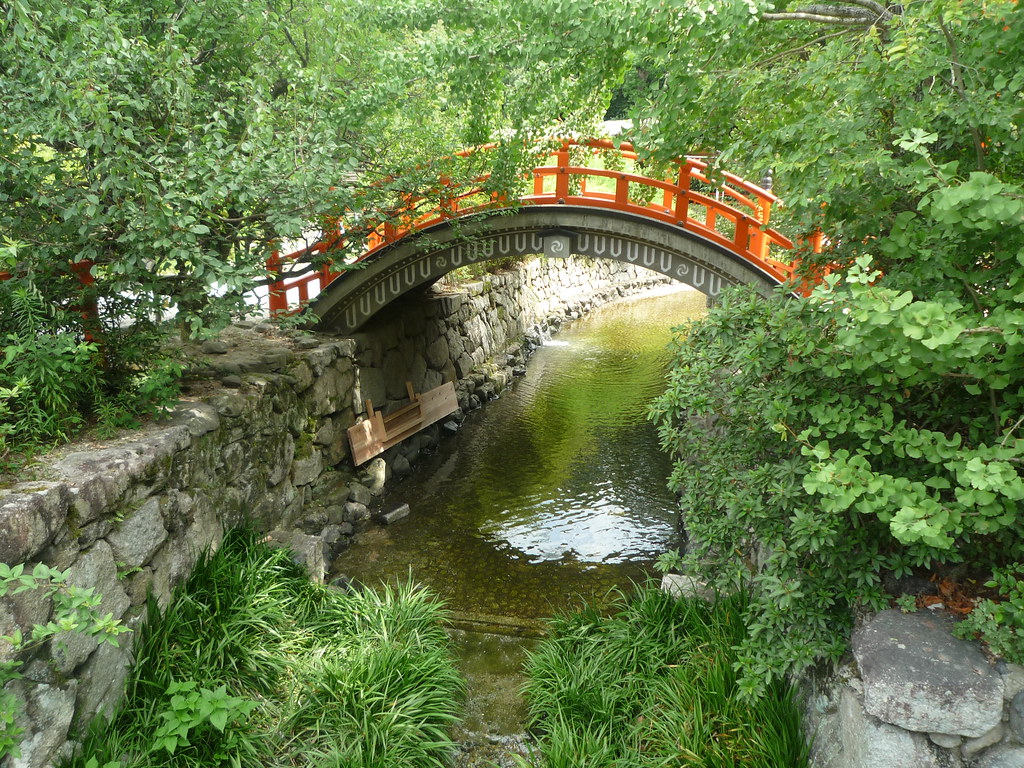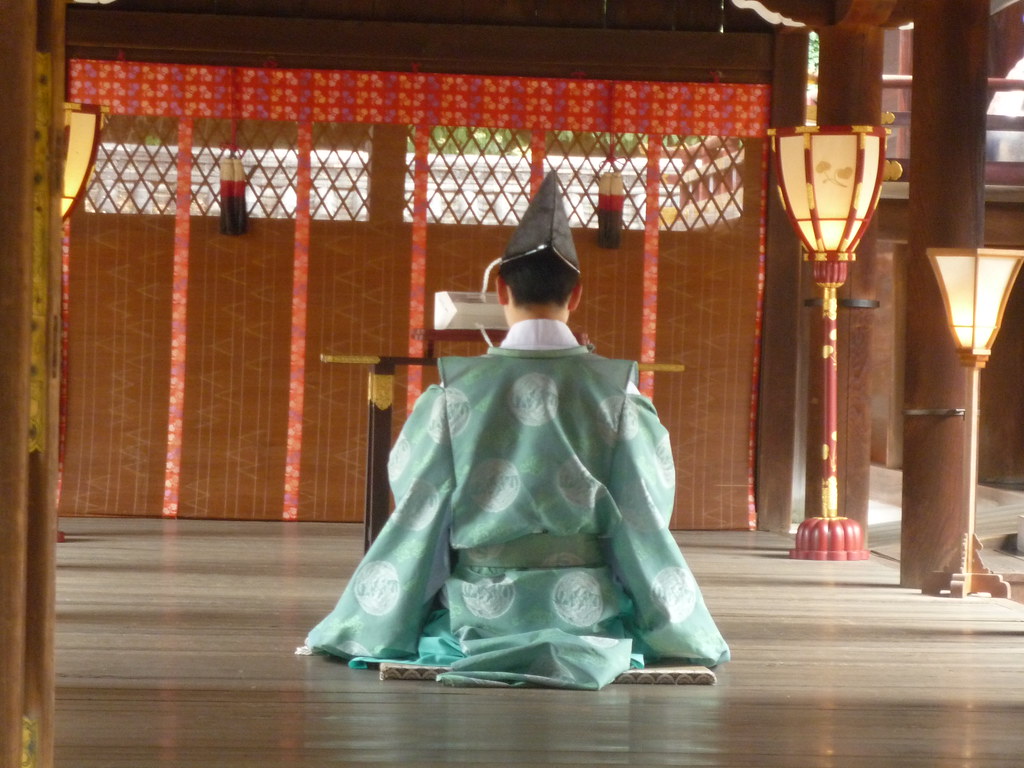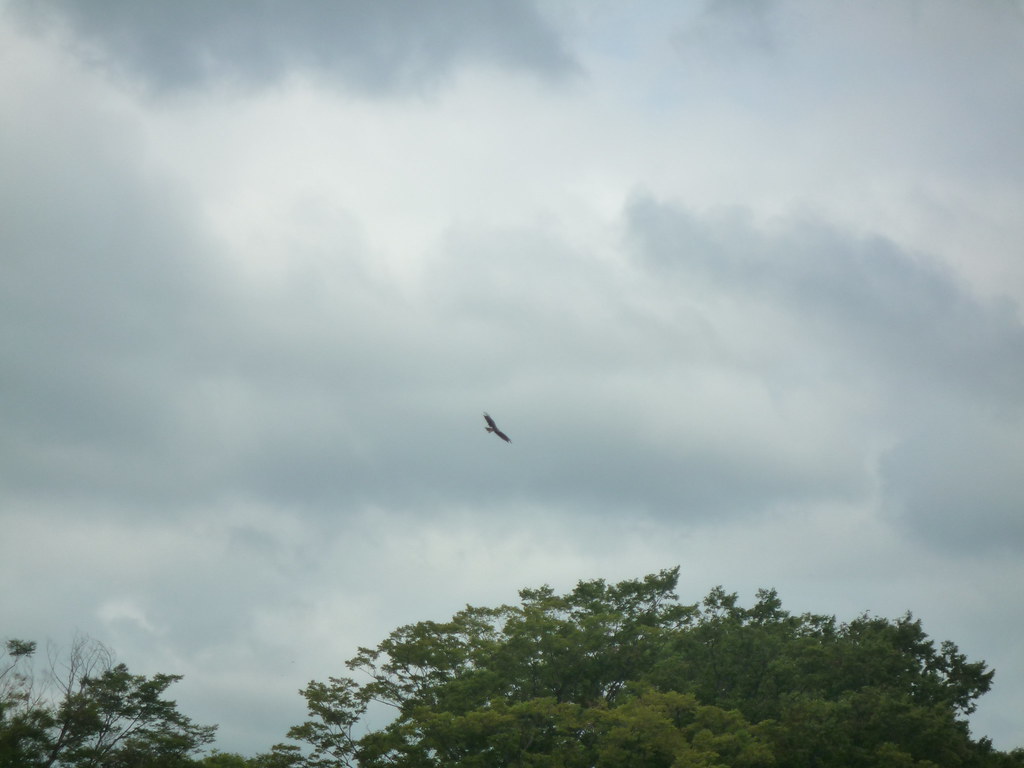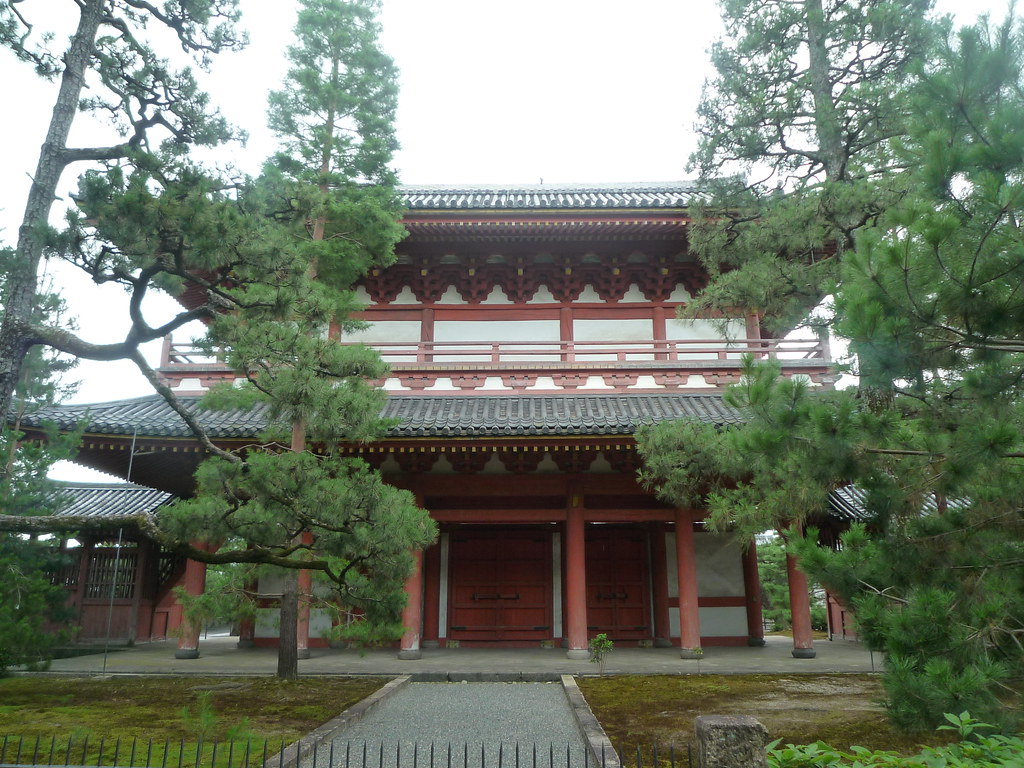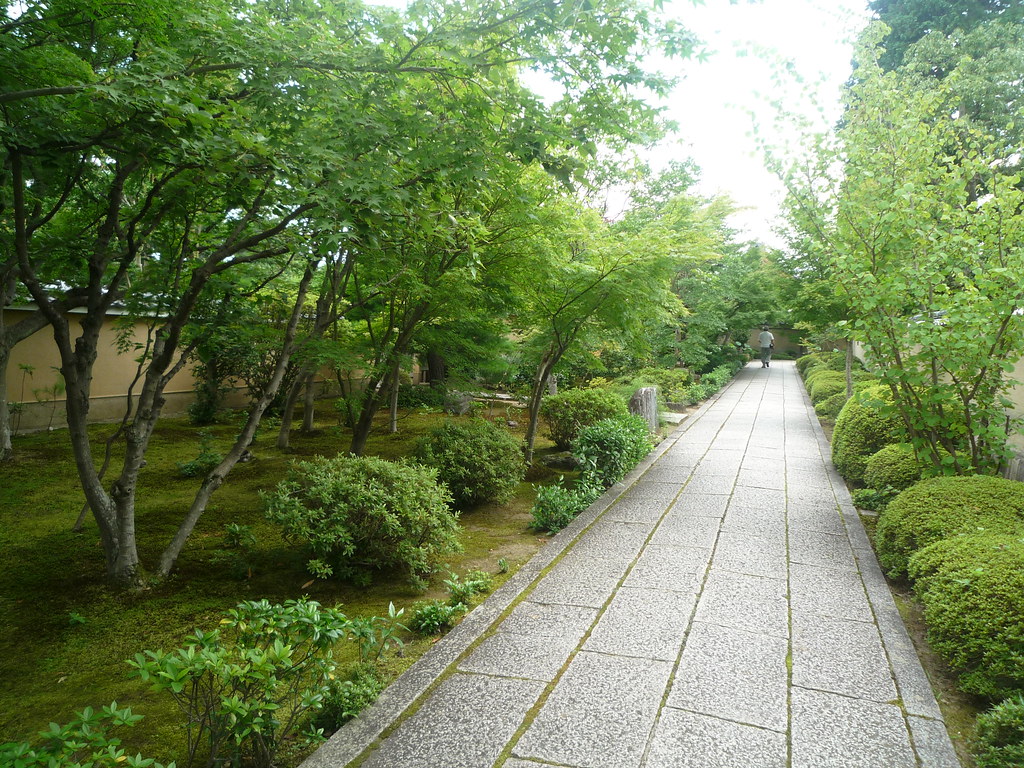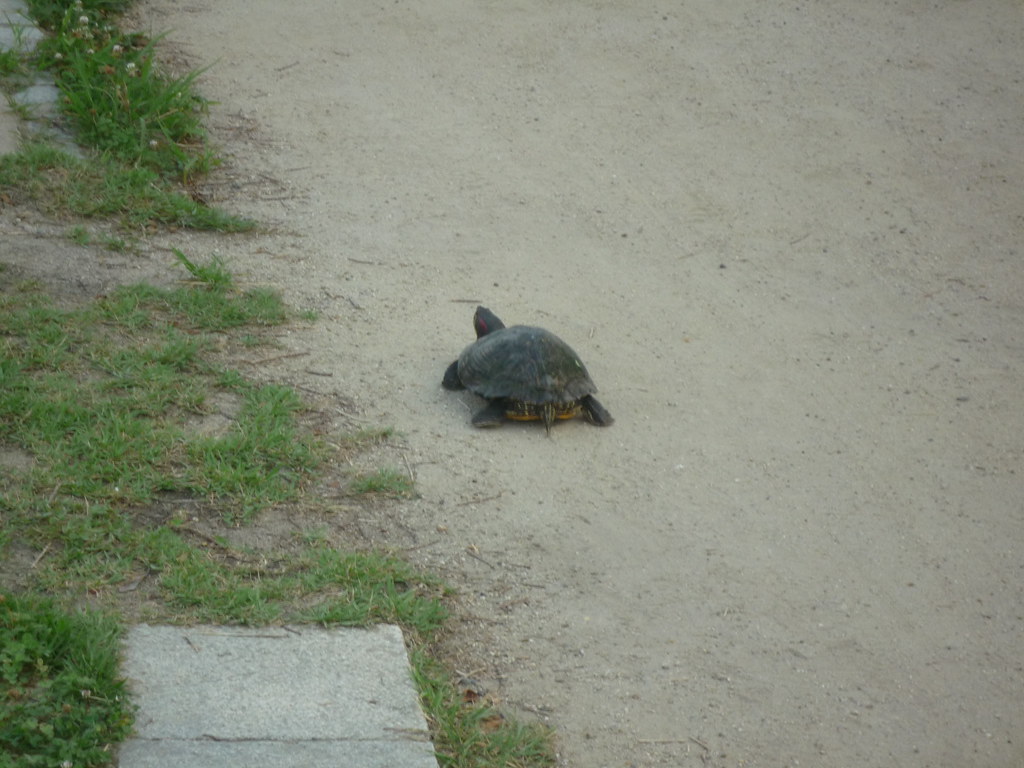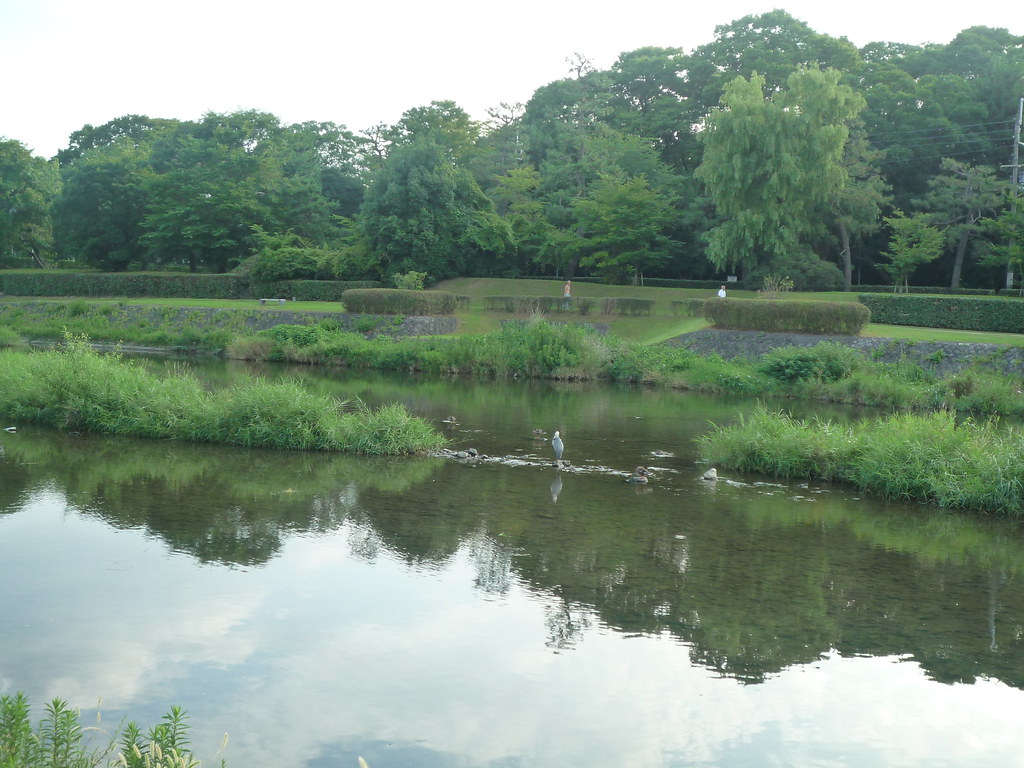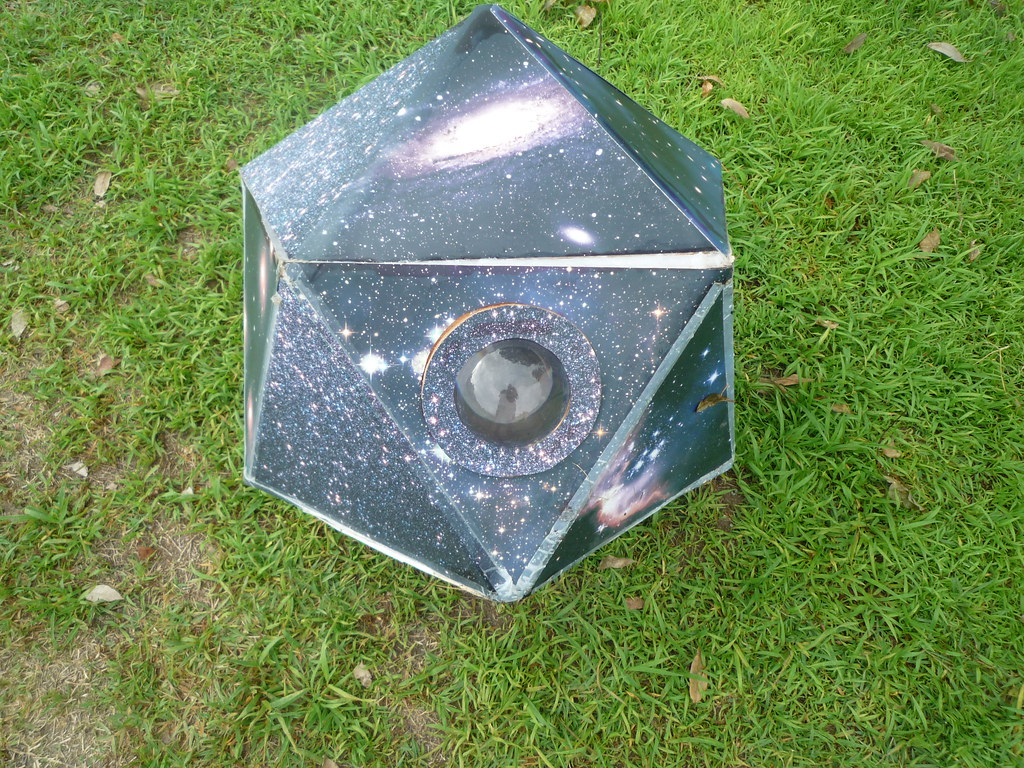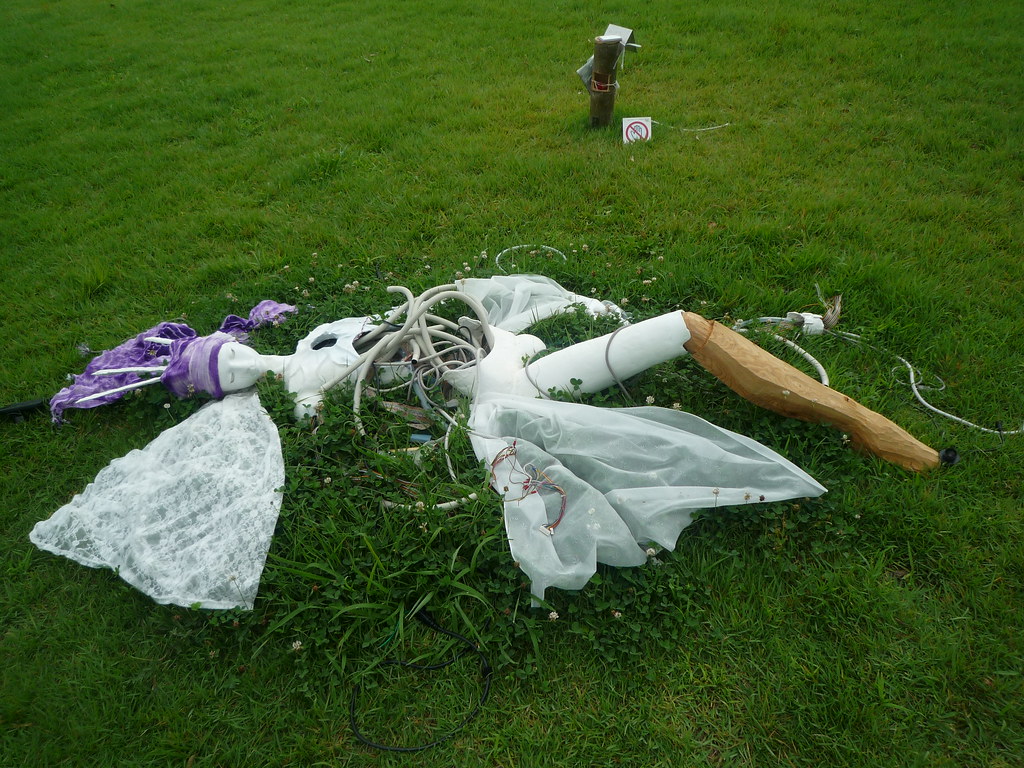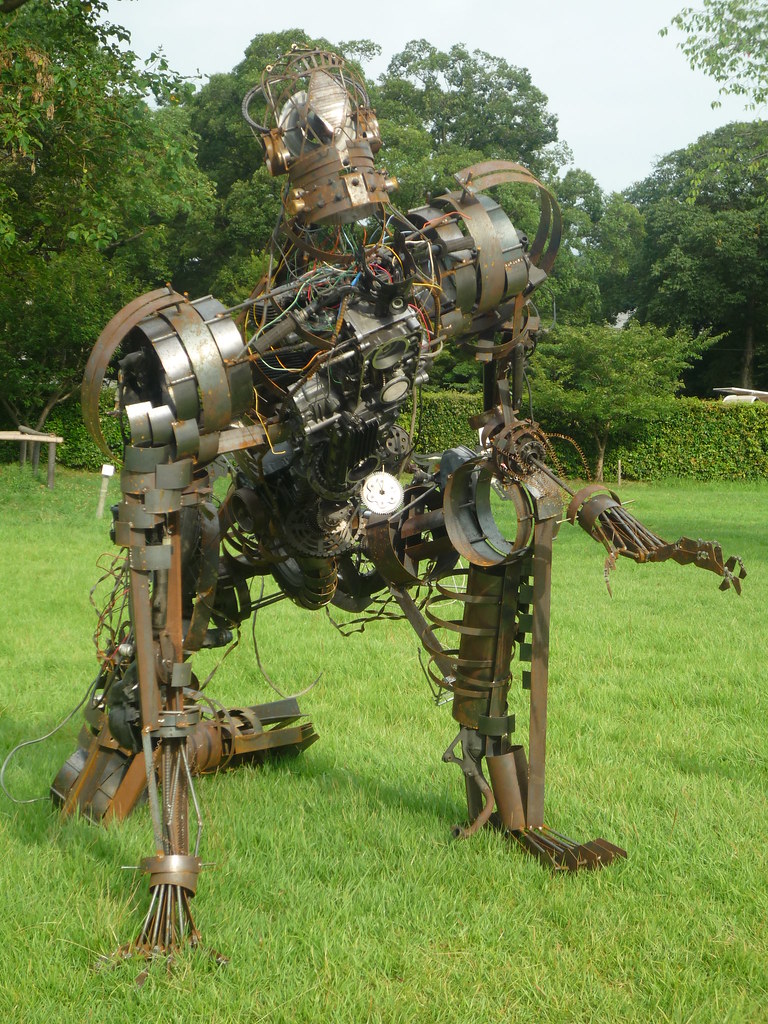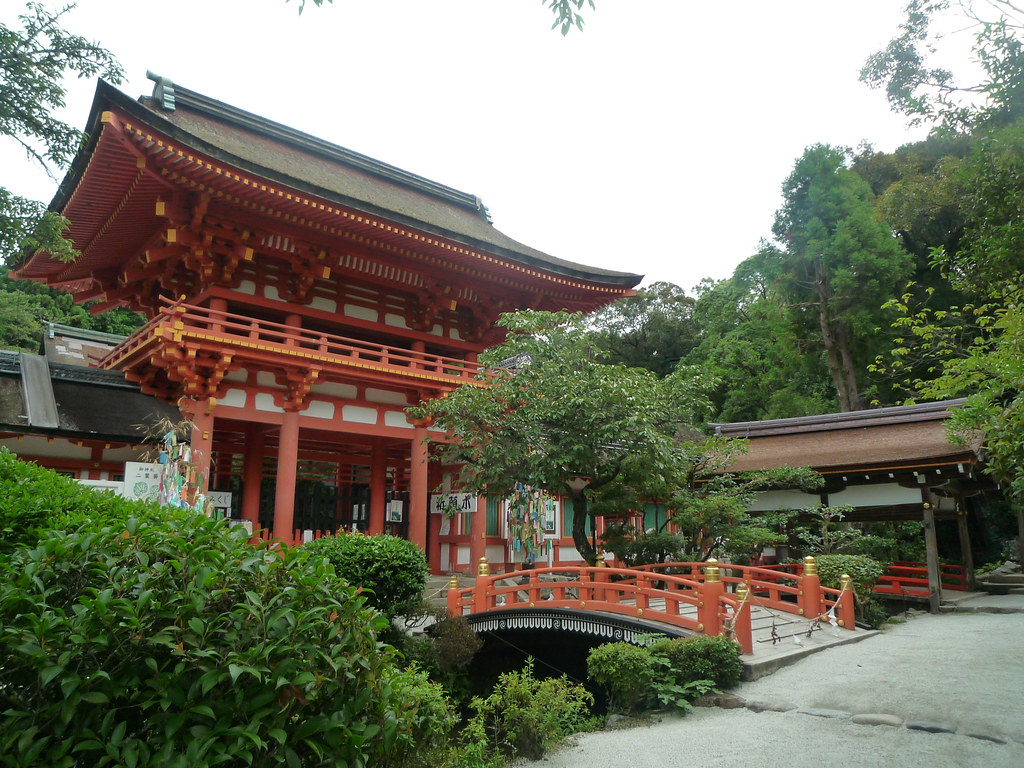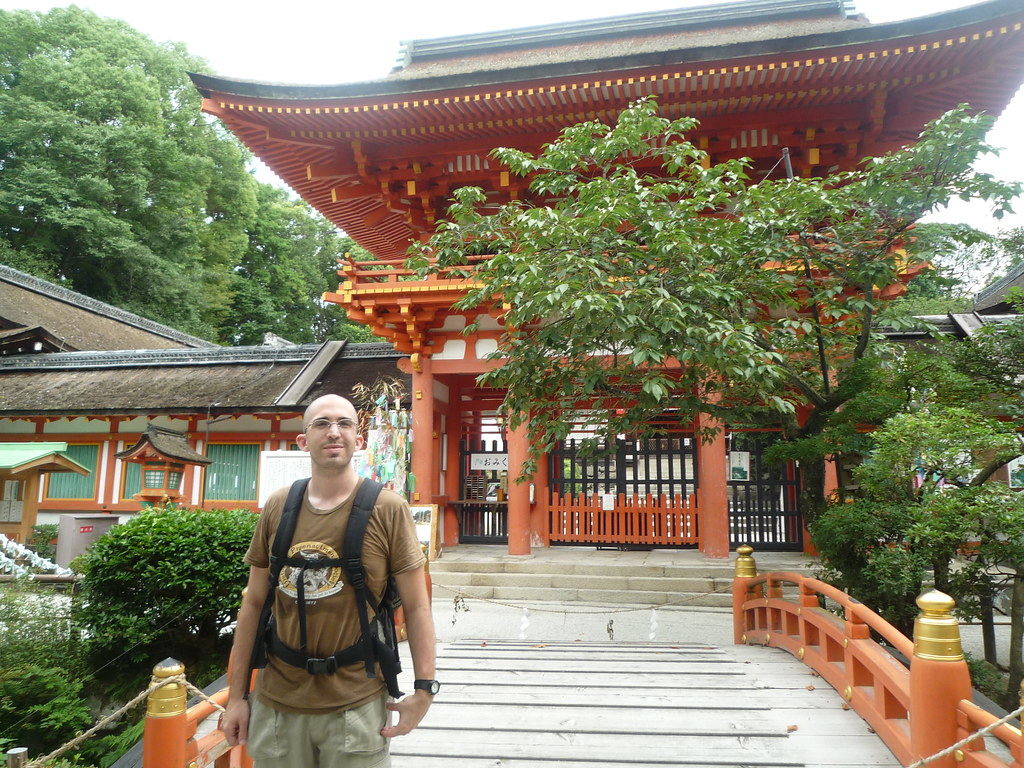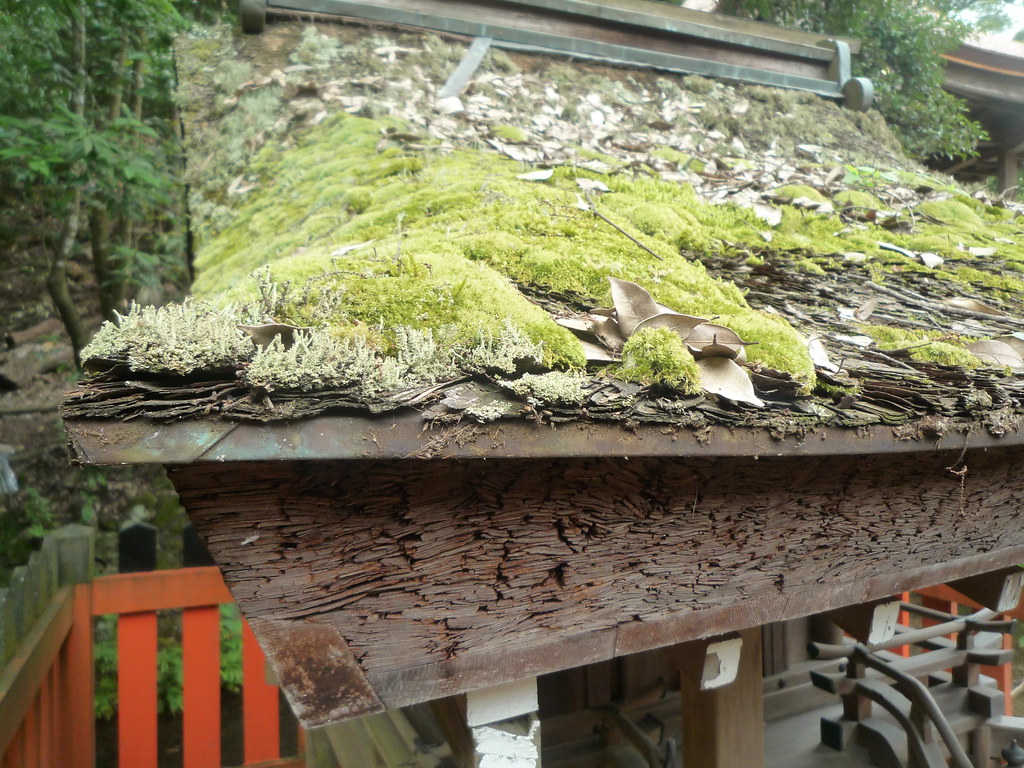Japan Day 3, Part 5: Honen-in and Goya's Okinawan Curry
Just outside of Honen-in stood grave stones for the remains of monks.
Naturally, I needed to take a self-portrait there in keeping with Eurasian Hobo tradition.
The temple buildings were quite small, but pleasant.
The highlight was the moss and fern covered thatch roof that looked as much a garden as a building cover.
The famous temples of Kyoto are largely where the valley meets the surrounding mountains. I cycled down of the forested mountains and into the city to enjoy lunch at Goya. Okinowan green papaya curry is apparently quite similar to Korean curry, but it is more subtle and has some kindred with Indian yellow curries as well.
As someone who secretly ate spoonfuls of brown sugar as a child, I appreciated the invitation to the brown sugar candies on the table.
The surrounding neighborhood had some amazing houses that were private residences despite looking museum-worthy.

